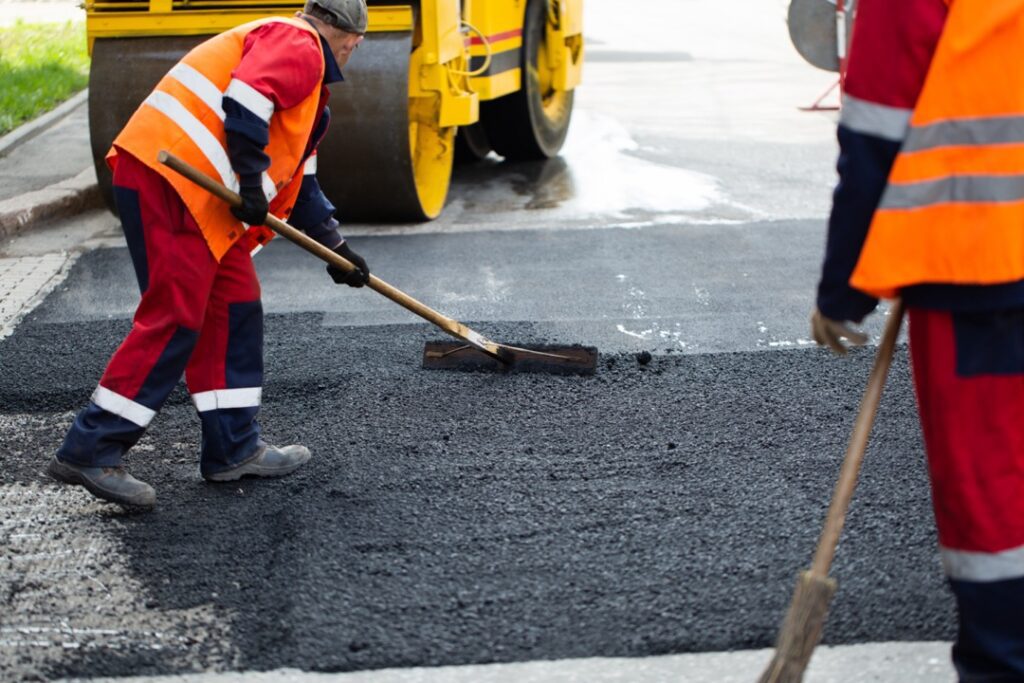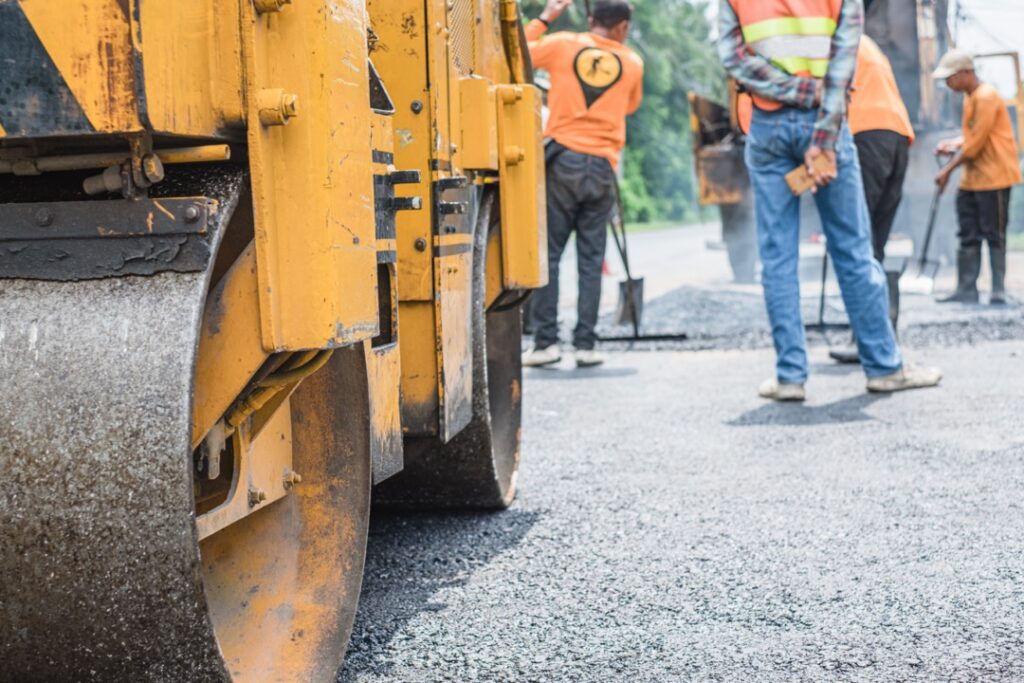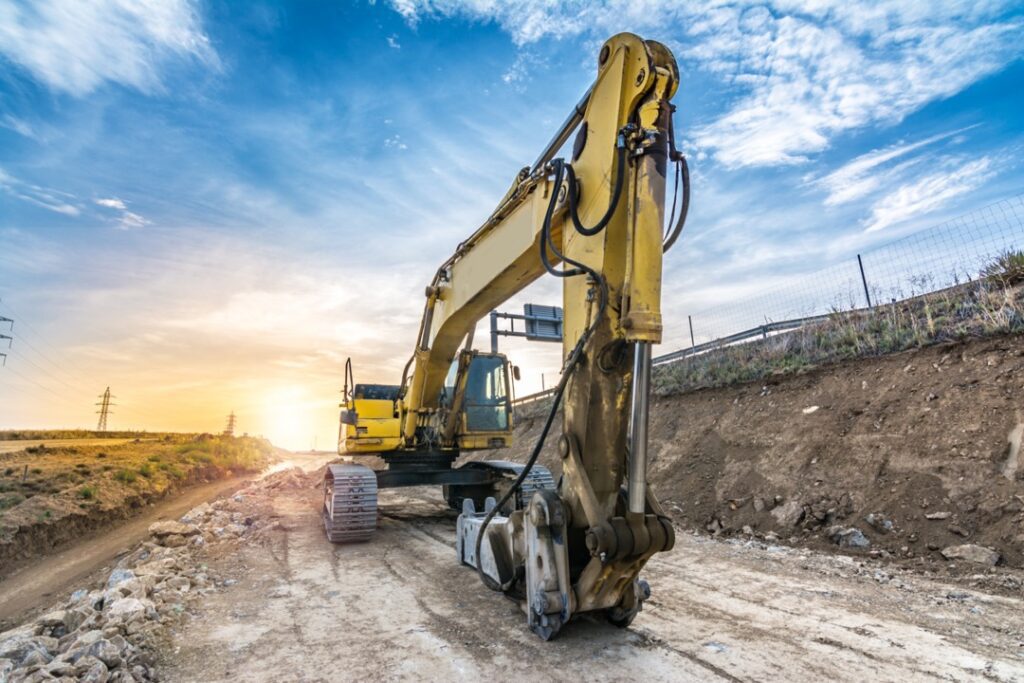When it comes to civil road building, methods can vary depending on the type of road that is under construction. Road construction, in general, is the process of using soil stabilizers, concrete, asphalt, and other materials to create a smooth, paved surface. It’s a complex process involving paving, rehabilitation and reclamation to create a usable roadway.
We’ve broken down the step-by-step process of civil road building from start to finish.

Civil Road Building: Planning
The initial step of any road construction project should be planning. This will involve the current and future traffic patterns and allows for funding, legal, environmental issues, and layout drawings to be completed before the project gets underway. Planning is key to ensuring that the project runs smoothly and doesn’t encounter legal or financial issues down the road.
Setting Out
The second step in the civil road building process is to transfer design proposals from drawings into the ground. This helps to set the site boundaries and establish boundaries and other necessary structural parts. Most road construction projects use a series of boards, often called ‘travellers’, placed at intervals along the proposed road lines. These boards help to control the levels that are excavated between the profile boards.
Earthworks
The most labour-intensive part of road construction is earthworks, which involves the use of graders, track dozers, excavators, and compaction equipment to remove topsoil before scraping and grading the site of the road to expose the ground beneath. Once this layer of soil is removed, construction on the road can begin. Ongoing testing is an integral part of the process. Imported material tests, compaction tests, and drainage tests are ongoing throughout the construction process to ensure a quality product. Sand wicks, which are sand-filled boreholes, are one of the methods used to capture groundwater and help disperse water pressure.
Paving
Once the subgrade has been prepped and the drainage systems are in place, then the paving can begin. Paving can either be rigid or flexible, depending on the requirements of a project. Rigid pavements have a longer design life, higher flexural strength, and lower maintenance costs. Flexible pavements are typically cheaper to build and have more flexibility with expansion and contraction due to temperature fluctuations. Some of the most common building materials used for the top part of the road, or the wearing layer, are porous asphalt, hot rolled asphalt, dense bitumen tar macadam, and dense bitumen macadam.

Quality Control
The last step in road construction involves a series of tests that must be performed to ensure the quality of the road before it is deemed complete. These tests include checking road drainage, grading levels, and other aspects of the road to make sure that the road is satisfactory and will be safe for motorists. Once open to the public, most roads have a lifespan of up to 40 years, with major upgrades required every decade.
Get your next civil road construction project built quickly, safely, and correctly. Contact us today to get in touch with our experienced team.

